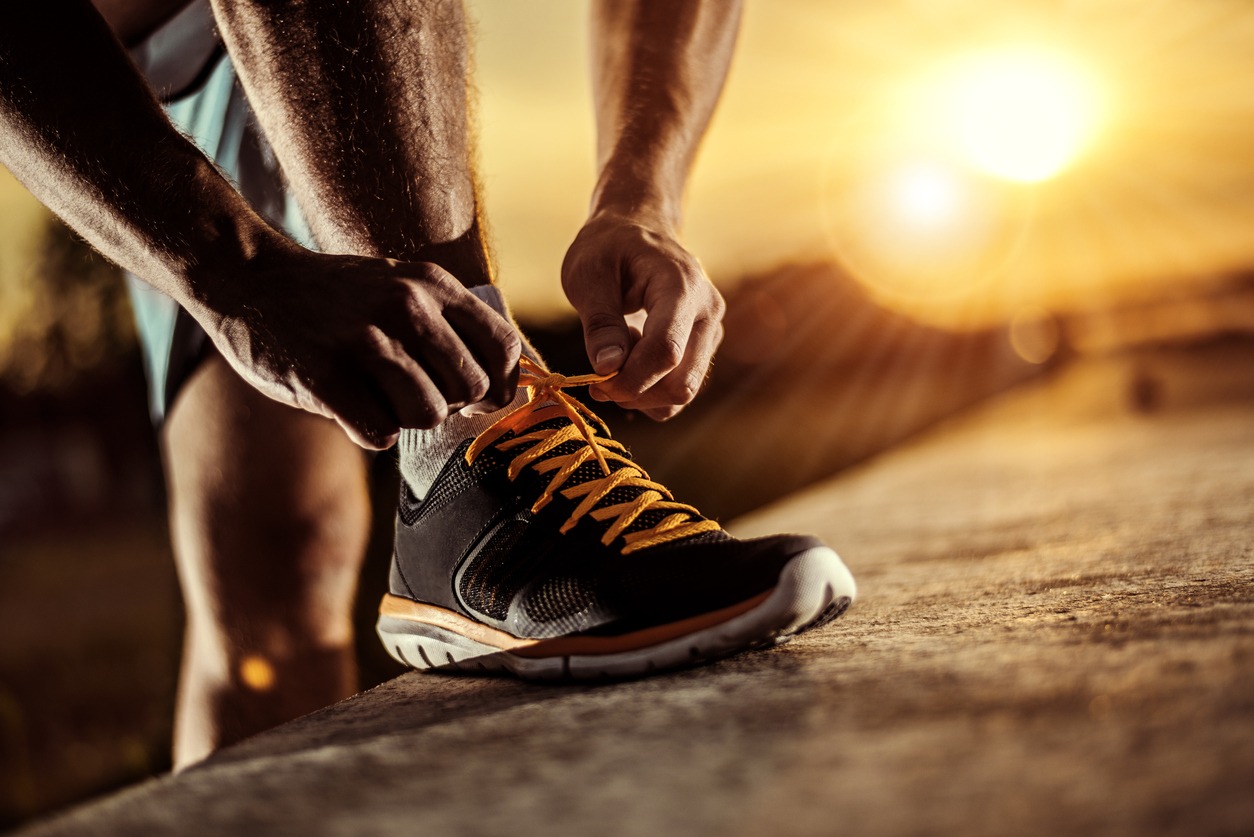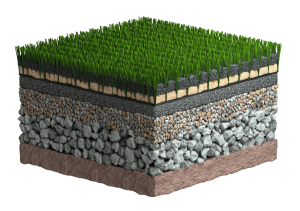Is an athletic approach better for synthetic turf pitches?
- 07/22/2020
By Bryn Lee
The importance of what is under your feet is one of the most important factors for athletes and their coaches, yet is the same true for footballers on synthetic turf?
In conversation with an international athletic coach, I learned that when the surface is a top quality, Olympic standard track, athletes wear specific footwear designed to help them maximise the benefits from the system. However, when they have to run on solid surfaces, such as tarmac roads, the footwear is different, designed, by big name sports companies, to prevent shin splints and other injuries.
Yet, when we look at synthetic turf, footballers are encouraged to wear their normal footwear, preferably, with rubber studs or short blades. These boots are designed for comfort, sports performance and to provide the right grip. Does this then assume that the base under the synthetic turf is safe and players don’t need any extra protection?
The reality is that when long pile, 3G type football surfaces came in, they were installed onto an unbound base, without a shock pad. Energy could dissipate through the turf and infill and then through the base, in a similar way to natural turf. In the UK, pitch builders are pre-dominantly tarmac focussed, and quickly promoted a solid engineered base as better build option, and consequently created a harder system, potentially more dangerous to the player.
Test results indicate that as long as a good depth of infill material, such as recycled rubber (SBR) is used, then this is OK. But in recent years we have seen a tendency to reduce the length of the surface pile height and the depth of infill, thereby reducing the protection the infill gives to the player. This is most apparent in comments from players concerning harder pitches, and an increase in injuries, such as arm breaks, caused by the harder base.
Unlike athletics where shoe technology can protect the runner, here we need to protect the player’s whole body – head to toe. There are three simple solutions that are already recommended by most manufacturers and in place, globally, outside the UK.
-
Do not use a solid base, such as tarmac, directly under the synthetic turf.
-
If a solid base is used, always include a shock pad between the base and the synthetic turf.
-
Use an unbound base, beneath the synthetic turf.
Back to athletics and even the most amateur runner will take advice and choose the correct footwear for the style of running, and type of ground they will run on. If they don’t, then they will risk injury and, at the very least, take much longer to recover after a run. On the assumption that football’s governing bodies want players to be able to play safely on synthetic turf, should we be more concerned with the hardness of the base directly beneath synthetic turf?






